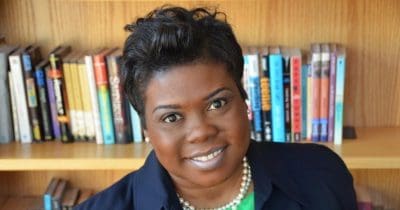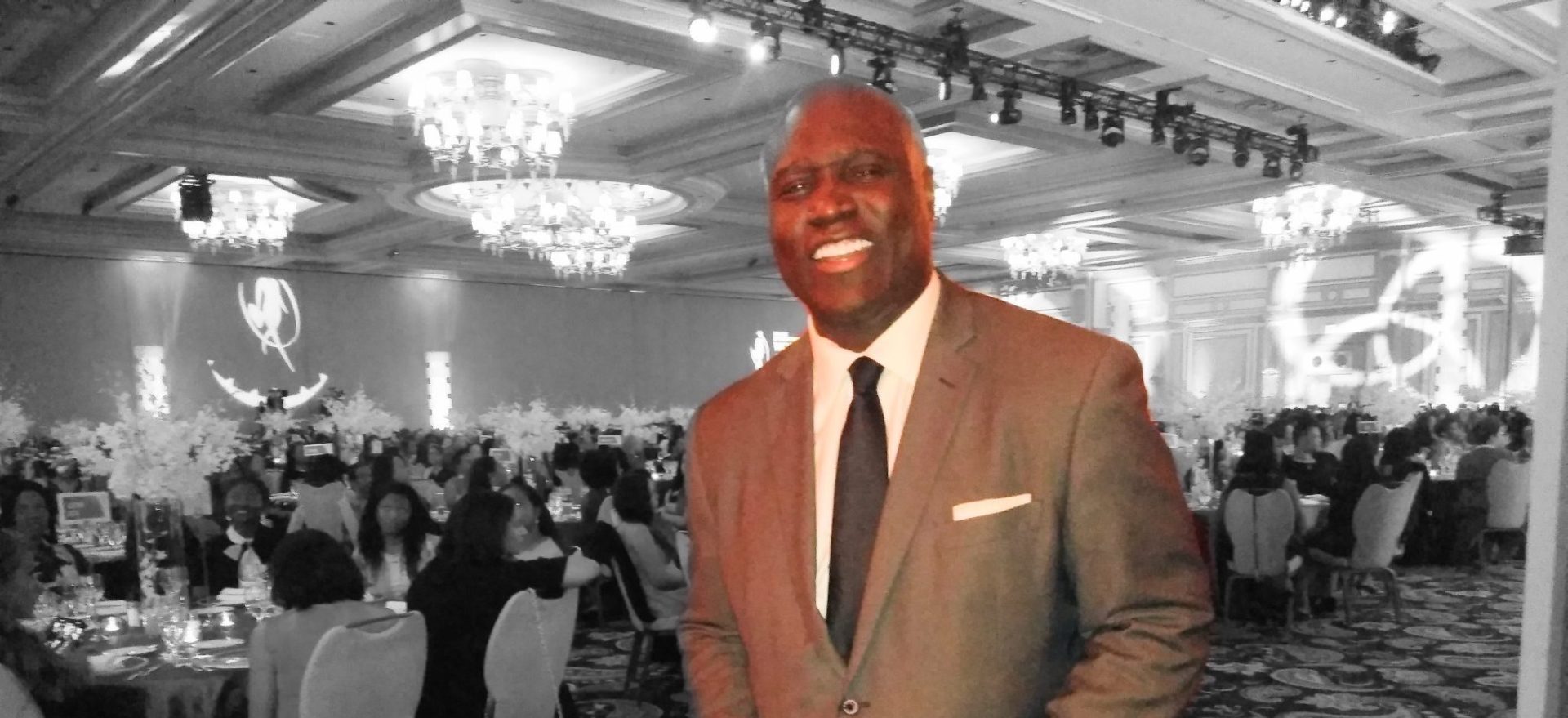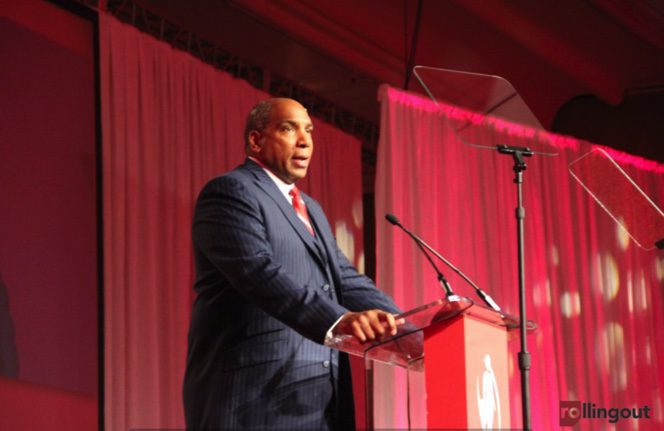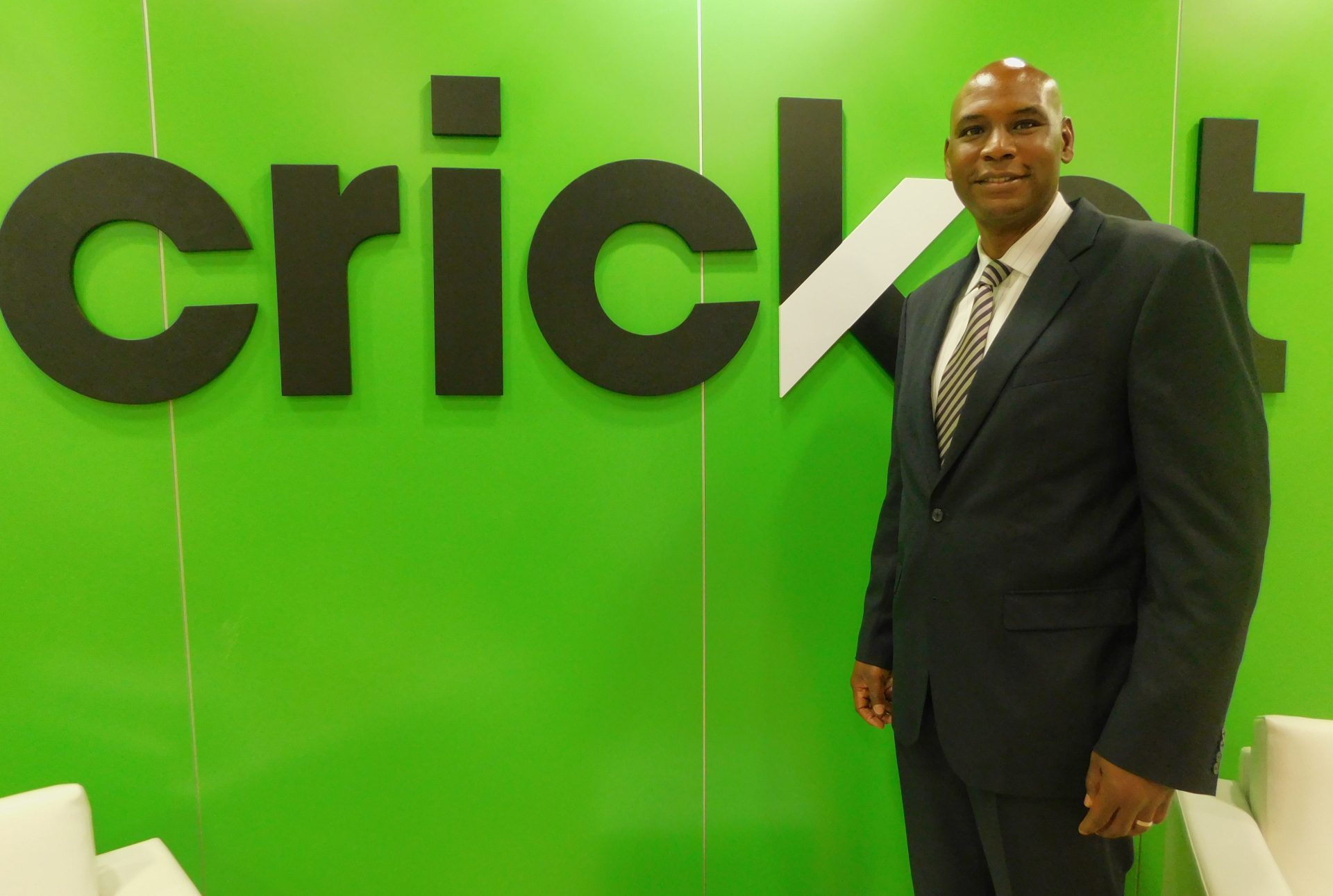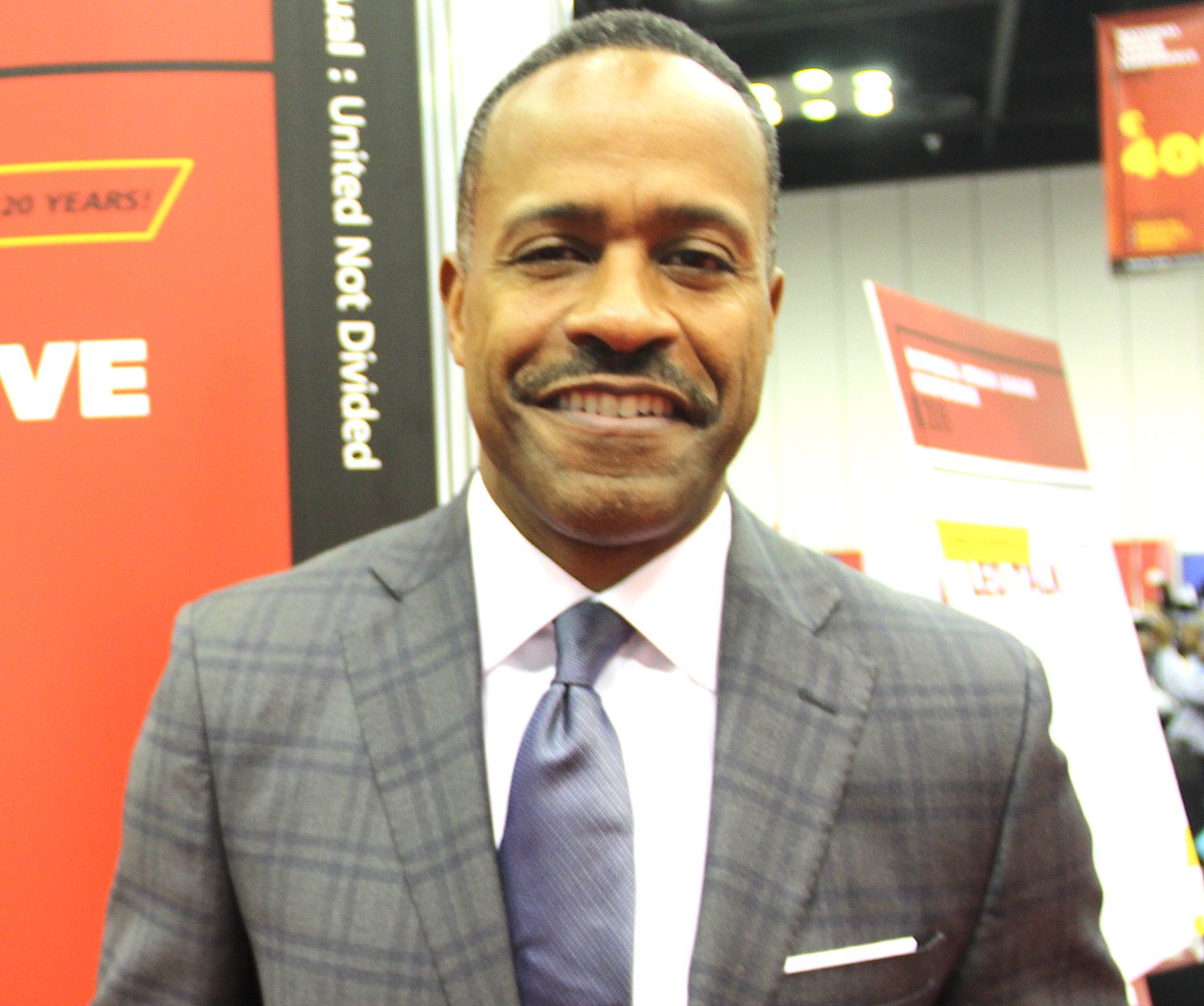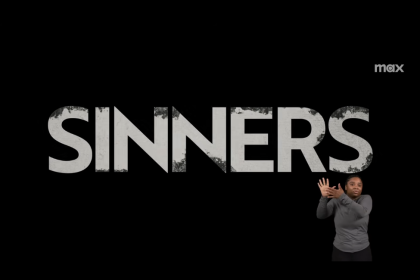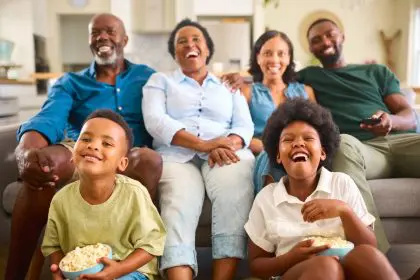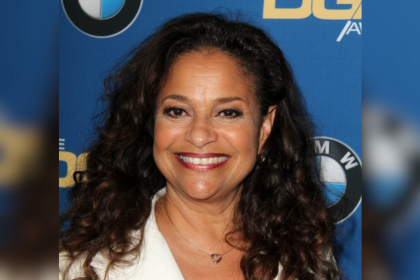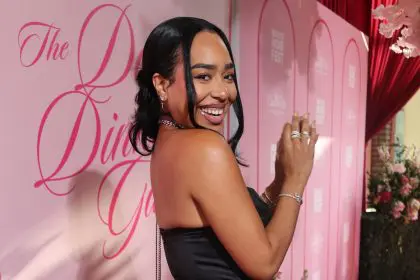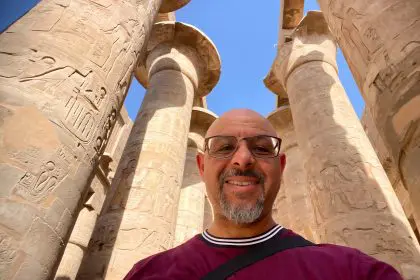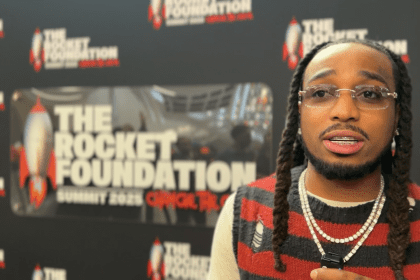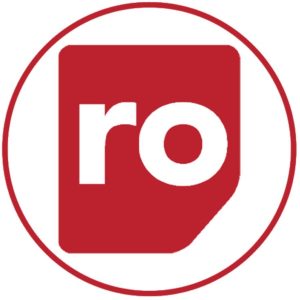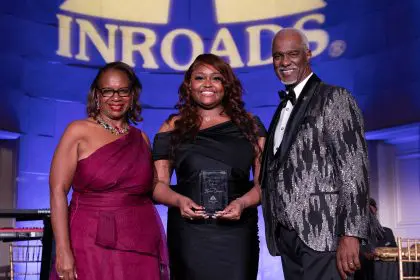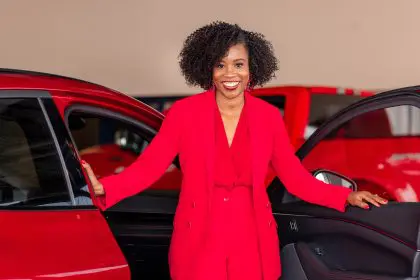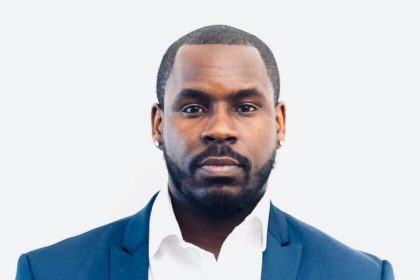
An African American woman leading a multinational corporation’s global diversity efforts is revolutionary for an organization that started out being run predominantly by White males in the 1950s. Pat Harris began her career at the McDonald’s Corporation over 40 years ago as an administrative assistant and now serves as the global chief of diversity. Harris is responsible for the development and implementation of diversity strategies for more than 30,000 McDonald’s restaurants in 118 countries. Under her leadership, McDonald’s has been recognized for its commitment to diversity by a number of publications, including Fortune magazine’s “Top 50 Places for Minorities to Work,” Black Enterprise magazine’s “Top 40 Companies for Diversity,” and Latina Style magazine’s “Best Companies for Latinas.”
Harris chronicled her experience with McDonald’s in her book, None of Us is As Good As All of Us: How McDonald’s Prospers by Embracing Inclusion and Diversity.
Harris gave rolling out a glimpse of a typical day in her office, how she defines diversity, and why Maya Angelou is one of her favorite people to quote. –starling thomas
What does a typical day look like for you?
There’s no such thing as a typical day at McDonald’s. Every day is different. Honestly, I can even have a calendar with back-to-back meetings, but it’s never what I expect. Things always happen, and I think that’s part of the beauty of the job. What I love about it is that I never know what’s going to happen on a day-to-day basis. You’ll find me in meetings, on the phone talking to people around the globe about McDonald’s, talking to people outside of McDonald’s. There’s a lot that goes on daily.
What inspires you to show up at work every day?
It’s the passion for the work I do primarily around the world, around diversity. It inspires me to be able to help so many people every day, to help come up with solutions, solve problems and support others. Basically, the main thing is the passion for the work that I do. I don’t know what the day will be like, but I know it’s going to be exciting.
How did you get on this career path to become the Global Chief of Diversity for McDonald’s?
It’s kind of a long story because I have been here for 40 years. And, I tell you, 40 years ago when I first joined McDonald’s, I was in college and just needed a job. I was sent out here to Oakbrook, [Illnois], to work in the corporate legal department as an administrative assistant, which was no big deal to me…I just needed a job. I said this is fine because I can work here until I finish college and then I will go and get a real job. Right! That was 40 years ago. I did that for about five months, and on my fifth anniversary, HR came to me and said they want me to work for the president of McDonald’s, who, quite honestly at that time, I didn’t know who the president was. You know, it was just a job, but bottom line is, I accepted the job. On my first anniversary with McDonald’s, I was promoted to a position in compensation as a compensation analyst in HR. I did that for about three years and then became an HR generalist. The promotions continued, and after working in HR for about six years, I was invited to work in a department at the time called Affirmative Action, which was not a very poplar department back then. But, I took the challenge anyway. I started working for a wonderful person by the name of Mel Hopson, McDonald’s Corporation’s first diversity officer, and the rest is history. He later retired. I let him know that I really wanted his job when he retired and he said great – let’s get you ready.
He basically mentored me and helped me to get ready for his role as the officer in charge of diversity at McDonalds. My career path, I mean thinking back to 40 years ago, working at McDonald’s not realizing what I had stepped into, and it has just been a tremendous career working for one of the best companies in the world and one of the best brands. I can’t say much more than that, but it’s been a terrific journey. From walking in the door, not knowing the company, to today being the global chief of Diversity officer and traveling the globe, to getting to know people both inside and outside and McDonald’s has been tremendous.
Please define diversity.
Diversity, I like to make it simple and when people say well, what is diversity? Diversity is a mix; a lot of diversity practitioners say it’s a lot of things. There are so many dimensions of diversity, inclusion and making the mix work. Start with race and gender and think beyond it. All those things of who we are, our background experiences and all of that. You start with the dimensions of diversity, which are many, and then you take it to the next level of inclusion, and you want to make that mix work for you or your brand.
How is it different from Affirmative Action?
Diversity is part of the evolution. As I mentioned earlier, I started in HR and then went to Affirmative Action. This journey started with EEO or Equal Employment Opportunity, which is the law, and then Affirmative Action is really doing the right thing that follows the EEO. Affirmative Action is just a part of that journey, part of that evolution. They are different, but yet there are some similarities in there because it’s all about doing the right thing. And again, it really begins with EEO, Affirmative Action and now diversity. And the mere fact that it’s a business driver, and I think because EEO was the law, companies had to do certain things. When affirmative action came along, McDonald’s hired our first affirmative action in 1980. It was just the right thing to do from a business perspective.
How does your diversity manifest? For instance, what kind of programs or opportunities does McDonald’s have that shows the company’s diversity?
First of all, I think there are three success factors that have made McDonald’s strong and a leader in diversity today. One has to do with leadership commitment and leadership accountability. I think those two, first and foremost, because it doesn’t happen if the CEO or your leadership is not committed or do not hold people accountable. The second thing for us, which I won’t call programs but initiatives, has to do with diversity education. We have an obligation to help educate our teams, our employees, our franchisees, [and] our suppliers about the benefits of diversity and why it’s important to have a diverse workforce. Why it’s important to value and respect everyone within McDonald’s on both sides of the counter.
The education, I think, is the second success factor for us, and the third success factor for us has to do with our ability to engage our employees through employee business networks. These networks play a major role in moving diversity forward within the organization. We’re very proud to have five key employee business networks and three employee resource groups. I think each of those employee groups play a major role in the success of diversity at McDonald’s. Through their lens, they are able to bring their whole selves to work and talk about who they are and help engage in the business as well. From an employee business network standpoint, we have the women’s leadership network, the McDonald’s African American Council. We have our Hispanic business network, our Asian network and our Pride network. Then we have three resource groups – our veterans group, our young professionals group, as well as our working mothers group.
How do you evaluate your success?
We evaluate it every day in terms of measuring ‘do people feel comfortable.’ Do people feel they can bring their whole selves to work? We have commitment surveys that we do with our employees to get their feedback. We also have round tables with our employees and just try to create an environment where people feel they can contribute but also can give feedback.
Can you name three books that changed how you viewed life and that you would recommend to others?
I can’t, I think, other than my book, None of Us Is as Good as All of Us. I wrote a book that talks about the evolution of diversity at McDonald’s, and I was trying to think what three books changed my life. I don’t know that I can answer that other than I certainly enjoyed writing my book about the evolution of diversity at McDonald’s, but I honestly can’t tell you specifically three books that changed my life.
Please share a little more about your book: None of Us is As Good As All of Us: How McDonald’s Prospers by Embracing Inclusion and Diversity.
McDonald’s, back in the late ’70s, introduced this whole idea of diversity. Even though it wasn’t called diversity way back then, but we’ve been practicing in doing the right thing for a long time now. Our founder, Ray Kroc, is quoted as saying, “None of us is as good as all of us.” And even though he wasn’t talking about diversity back then, I thought it was appropriate for my book title. To me, it represents diversity. None of us are as good as all of us. My book talks about how McDonald’s prospers by leveraging diversity. Let me just say that the book goes back to the very beginning, in the mid-70’s to 2009. We interview several people who are with McDonald’s and those who left. We basically talked about the kinds of things that happened in McDonald’s that made us more aware of our differences, and those things that brought us closer together. In talking to franchisees, suppliers and employees, you know we just absolutely created this evolution of diversity at McDonald’s. The interviews I had with different people talking about the good, the bad and the ugly along the way. It’s not easy. The commitments that are needed to make diversity a reality within your company and just overall what we did to ensure that we were doing the right thing.
How do you use technology in your work?
For me, I do the typical things that one does. I use Facebook, LinkedIn and Twitter. I mean remember, I’ve been here for 40 years, and none of that existed. Today, I’m proud to say that social media really does work. I am proud that we are so progressive today in a company like McDonald’s [and] that we have a digital department that’s doing phenomenal work for us.
Can you explain why lifelong learning is important?
I think none of us got here alone. Someone helped us along the way. It’s important that as we continue to grow, and I share this with young people, that one, you have to stay true to yourself and use the things you experience as part of your lifelong experiences and get you to where you want to be. I learned from my mom. I wanted to emulate my mom. I think those things kind of stayed with me and helped me to be who I am today. We should always continue to do those things but also share those things with others who are also coming up. I give back. I think it’s important you stay true to who you are, stay true to yourself, while also recognizing things are happening around you. How do you stay true to yourself in spite of all the things that are happening around us?
What quote(s) do you favor?
One of my favorite quotes is from Dr. Maya Angelou; she was one of my favorites, of course. But two quotes that stick with me: one is, she said “When someone shows you who they are, believe them the first time.” I always believe when somebody does something good or bad, you know they have shown you who they are. When someone shows you who they are, believe them the first time. I love that quote. The other one she said, “I’ve learned that people will forget what you say and people will forget what you did, but people will never forget how you made them feel.” And I use that one a lot in my speeches when I close. To me, that is what’s important because it’s what you feel when you walk away. You will remember that for a long time, but you may not remember what I said but you remember how I made you feel because if at any point I made you feel bad; you’ll never forget that. If I made you feel good, you’ll never forget that. For me, that’s important because I always like to make everyone feel special and feel good about who they are.

